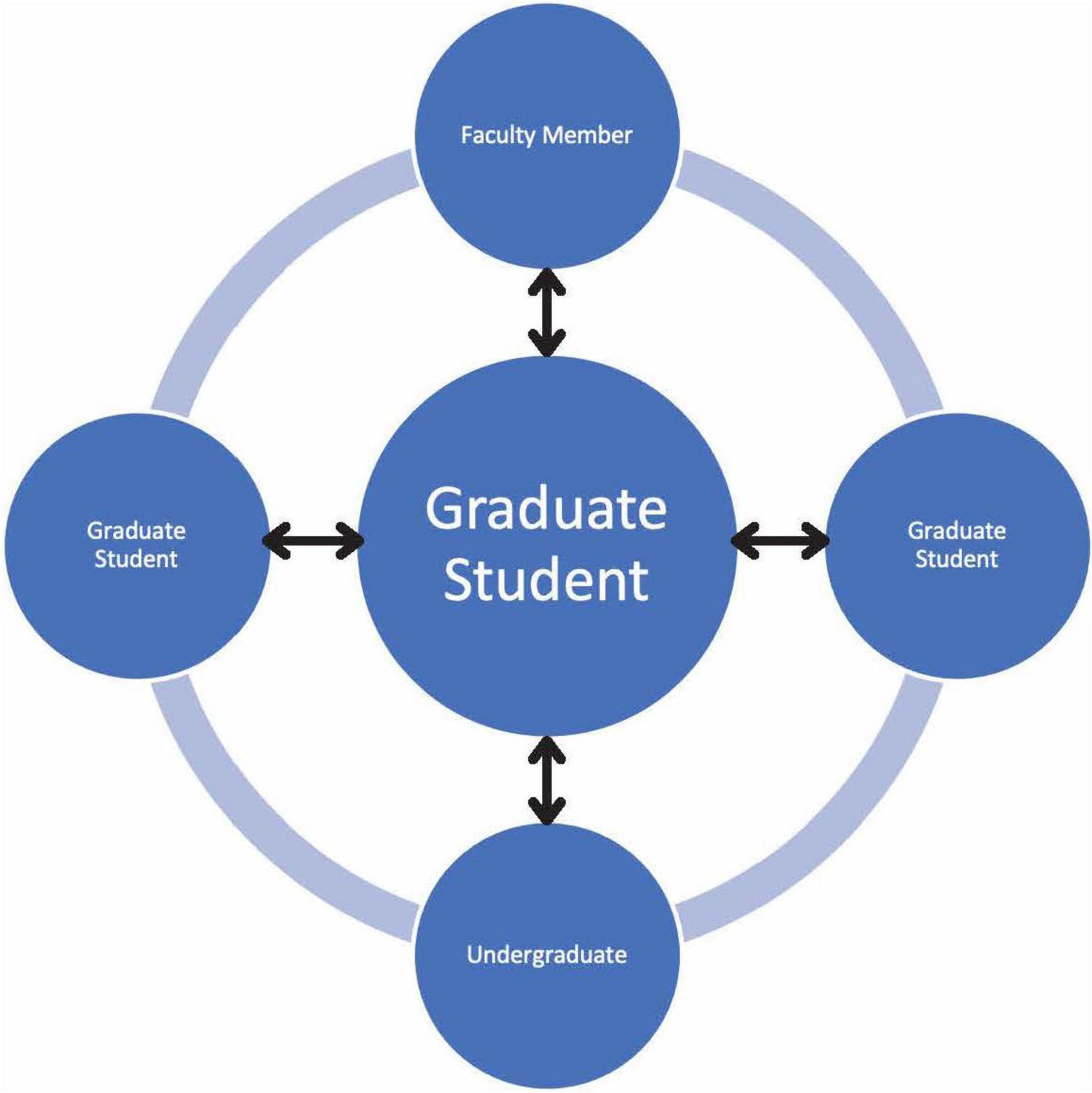Equitable STEAM: Bridging Gaps for Underrepresented Groups

Equitable STEAM: Bridging Gaps for Underrepresented Groups
In the pursuit of a more inclusive and diverse educational landscape, Science, Technology, Engineering, Arts, and Mathematics (STEAM) education plays a crucial role in addressing disparities among underrepresented groups. This article explores the significance of STEAM education in fostering equity and inclusivity.
1. The Challenge of Underrepresentation in STEAM
Underrepresented groups, including women and individuals from minority backgrounds, often face challenges in pursuing STEAM disciplines. The lack of representation can contribute to a cycle where these groups are deterred from entering STEAM fields, leading to a persistent gap in diverse perspectives within these domains.
2. Breaking Stereotypes through STEAM
STEAM education becomes a powerful tool in breaking stereotypes associated with underrepresented groups. By actively engaging individuals from diverse backgrounds in science, technology, engineering, arts, and mathematics, STEAM programs challenge preconceived notions and demonstrate the inherent capabilities of all learners, regardless of their background.
3. Creating Inclusive Learning Environments
Inclusivity is a key focus of STEAM education for underrepresented groups. Schools and institutions are implementing strategies to create inclusive learning environments where students feel welcomed and supported. This includes addressing bias, providing resources that reflect diverse perspectives, and fostering a sense of belonging for all learners.
4. Encouraging Early Exposure to STEAM
Early exposure is critical in nurturing interest and confidence in STEAM subjects among underrepresented groups. STEAM programs that target younger students, especially in elementary and middle school, can ignite curiosity and passion for these disciplines. Early exposure lays the foundation for future engagement and pursuit of STEAM careers.
5. Mentorship and Role Models in STEAM
Mentorship programs and exposure to role models from underrepresented groups in STEAM fields are instrumental in inspiring the next generation. Seeing individuals who share similar backgrounds and have succeeded in STEAM can motivate students, providing tangible evidence that they too can excel in these disciplines.
6. Addressing Socioeconomic Barriers
Socioeconomic factors can contribute to underrepresentation in STEAM. Access to resources, extracurricular activities, and advanced coursework may be limited for some groups. STEAM education initiatives that actively address these socioeconomic barriers aim to level the playing field and ensure that all students have equal opportunities to explore and excel in these disciplines.
7. Tailoring Curricula to Diverse Learning Styles
Recognizing and accommodating diverse learning styles is essential in STEAM education for underrepresented groups. Tailoring curricula to be inclusive and culturally responsive ensures that learners from different backgrounds can engage with and understand the material. This approach fosters a more equitable learning experience.
8. Providing Access to Technology and Resources
Access to technology and educational resources is a common challenge for underrepresented groups. STEAM programs that provide access to necessary tools, equipment, and technology help bridge this gap. By ensuring that all students have equal access to resources, STEAM education becomes a more accessible and empowering experience.
9. Supporting Diversity in STEAM Careers
STEAM education is not only about learning in the classroom but also preparing students for future careers. Efforts to increase diversity in STEAM professions involve creating pathways for underrepresented groups to enter these fields. This may include mentorship programs, internships, and initiatives that connect students with industry opportunities.
10. Measuring Success and Continuing Advocacy
Success in promoting equity through STEAM education is measured by increased representation and success of underrepresented groups in STEAM fields. Continuous advocacy and awareness efforts are essential to sustain these positive changes. The impact of equitable STEAM education extends beyond the classroom, influencing societal perceptions and fostering a culture of inclusivity.
Empowering Through Equitable STEAM Education
In conclusion, equitable STEAM education is a catalyst for change, breaking down barriers and empowering underrepresented groups. To delve deeper into the transformative power of STEAM education for underrepresented groups, visit ESSAYOUTLINEWRITINGIDEAS.COM.



